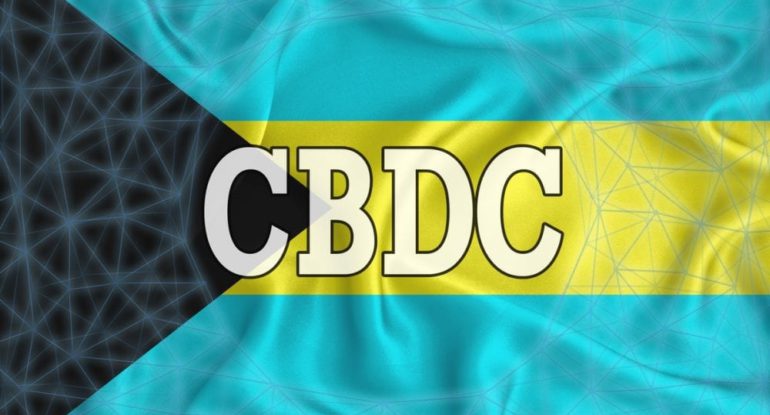Bahamas Central Bank makes progress with Sand Dollar CBDC

The Governor of the Central Bank of the Bahamas, John Rolle, provided an update on the rollout of the sand dollar, the Bahamas’ central bank digital currency, which went LIVE in October last year.
The goals of digital currency are to encourage financial inclusion, modernize the payment system, and interconnect private wallet networks.
Although the Bank manages the main infrastructure for minting money, the private sector handles the customer-facing aspects. So far, nine institutions, including four money transfer companies, three payment processors, a bank, and a credit union, have incorporated their mobile wallet applications.
Governor Rolle clarified that the CBDC release was a gradual process that is still ongoing at the Bank for International Settlements (BIS) Innovation Summit. Following the bank branch destruction caused by Hurricane Dorian in 2019 and COVID-19, the need for digital currency has grown since it was first piloted in 2019.
Bank branches in hurricane-prone areas may take months to repair. It is less time consuming to fix the antennae needed for digital payments.
However, a need for a digital currency to discuss financial inclusion was already present. Since banks have been cutting back on services, there is fear that remote island areas will become underserved. It’s primarily a payment problem, according to Rolle.
If ATMs are no longer open, the issue is less about access to cash and more about the use of money to pay for things, in our view. As a result, if cash is digital, the lack of ATMs is less of a concern; as long as payments are free, they are now with the sand dollar.
Avoiding Prejudice
The Central Bank is in charge of monetary policy. The Governor stressed that one of the Sand Dollar’s main goals was to make it more affordable. Users must go through regular bank-grade know your customer (KYC) processes since the currency is not anonymous.
However, not everyone has a photo identification card, which is needed to open a bank account. A lower access tier, for example, only includes an email address or a phone number and allows monthly transactions of up to $500 and $1,500. An individual can digitally keep up to $8,000 with complete KYC.
There’s also a need to avoid excluding people because of their technology, so the currency is available on a smart card and smartphones. This might also support the elderly.
Governor Rolle said, “We know we can’t afford to have any kind of age-based exclusion.” On the other hand, kids often run errands and have pocket money, necessitating the use of digital currency. However, minors must obtain parental consent before reading the proposals for digital currency regulation.
The mixture of identification and minors also highlights the value of privacy. A breach of confidentiality by wallet providers or others may result in a fine of $50,000 or a sentence of up to three years in jail, or both.
Authorized Interoperability
Interoperability amongst mobile payment applications is another significant benefit of digital currency. Users would be able to use the Sand dollar inside their walled garden at first with the apps. Wallet providers will be expected to enable balance transfers to other mobile wallets in the future.
And there are plans in the draught regulations to go much further. The aim is to allow wallet portability, similar to how you can switch phone providers and keep your phone number. When a user moves to another wallet, they will take their user id and unique account number.
Bank accounts are one area where interoperability isn’t quite there yet. The Bahamas Automated Clearing House (ACH) is being incorporated to be made in both directions between bank accounts and wallets. It is scheduled to go live shortly.
Although the Bahamas continues to carry out its system, others in the area are attempting to catch up. The Eastern Caribbean pilot has begun, and Jamaica has recently revealed its plans.
Add a comment
You must be logged in to post a comment.




























































